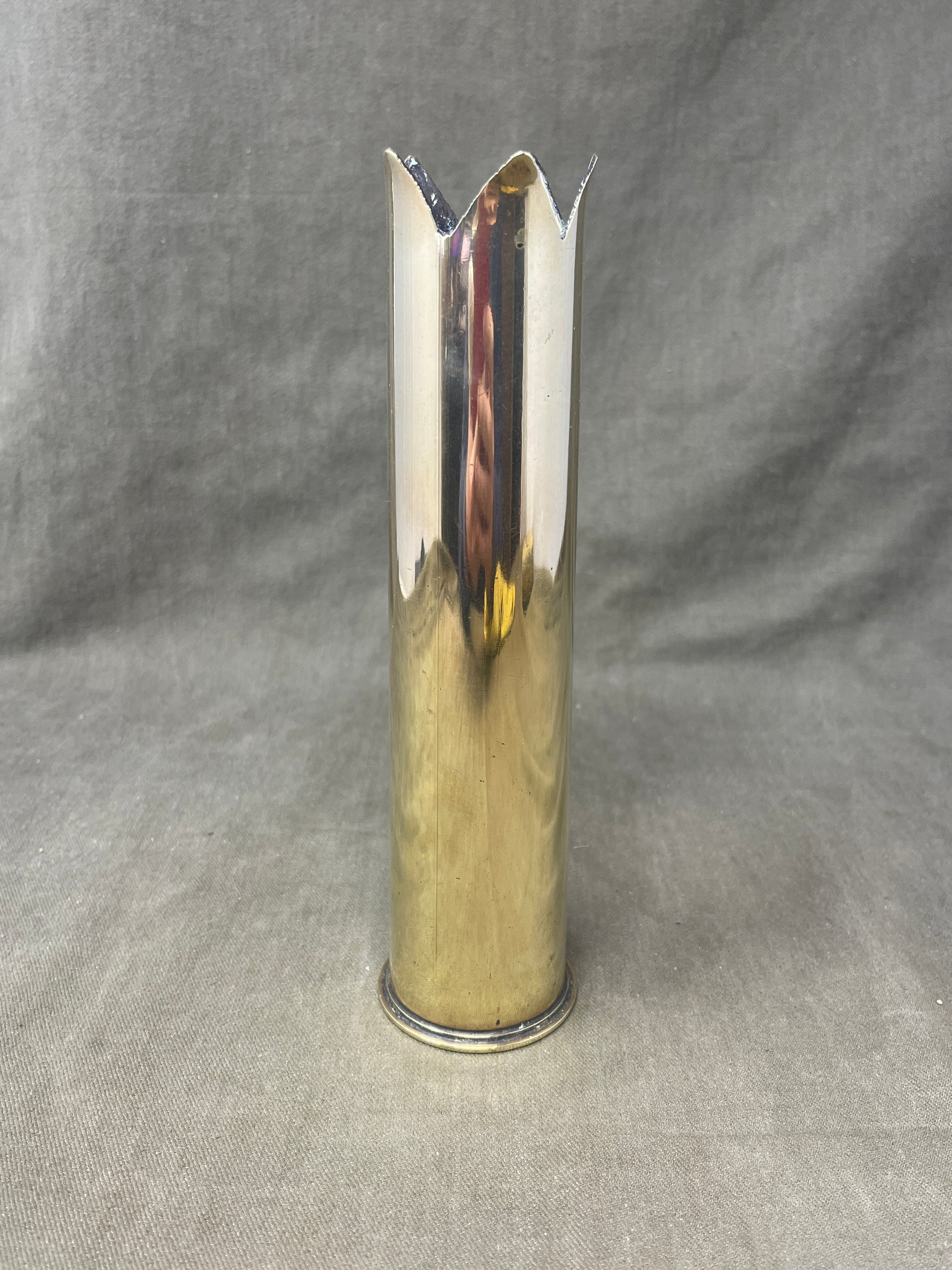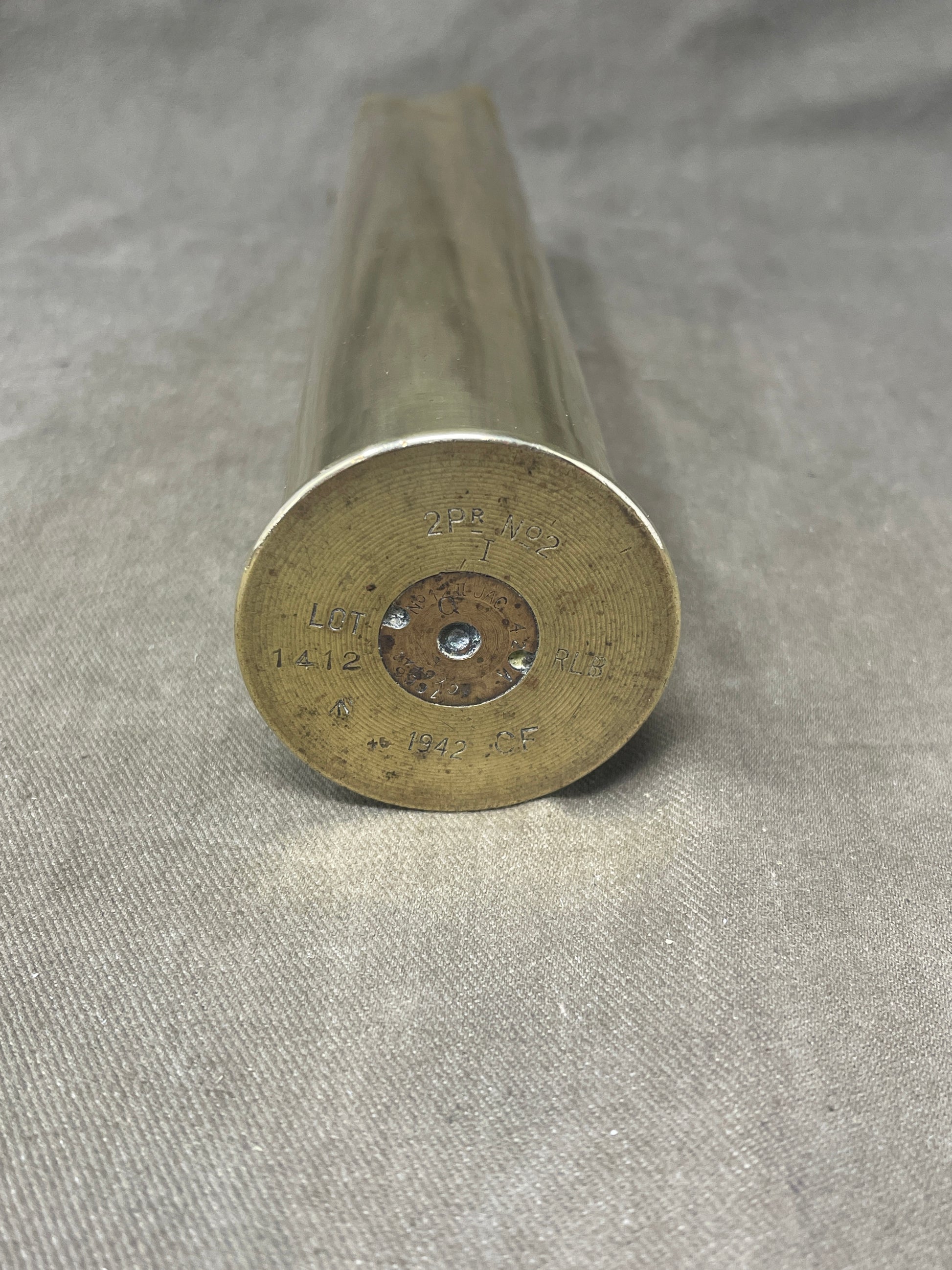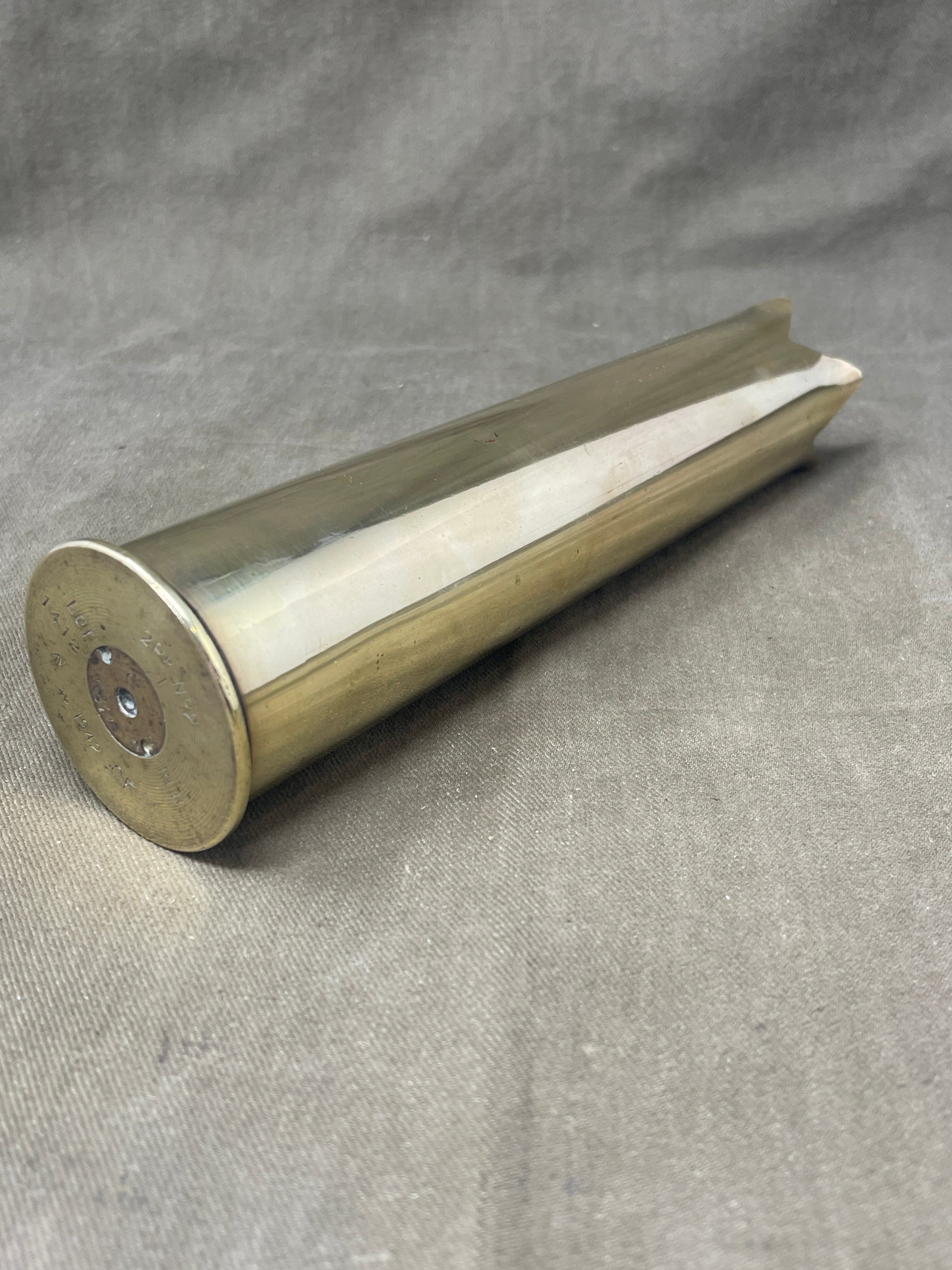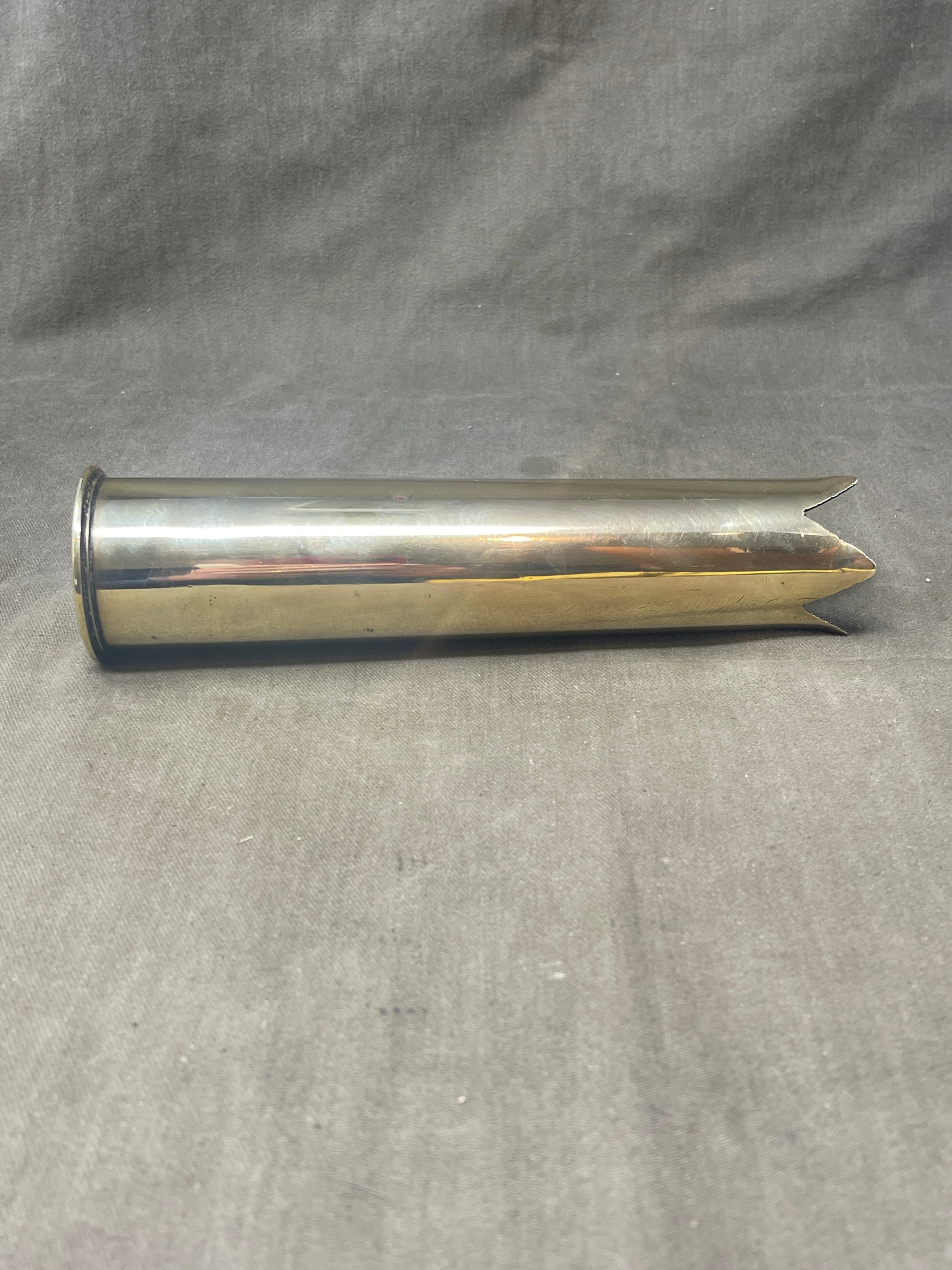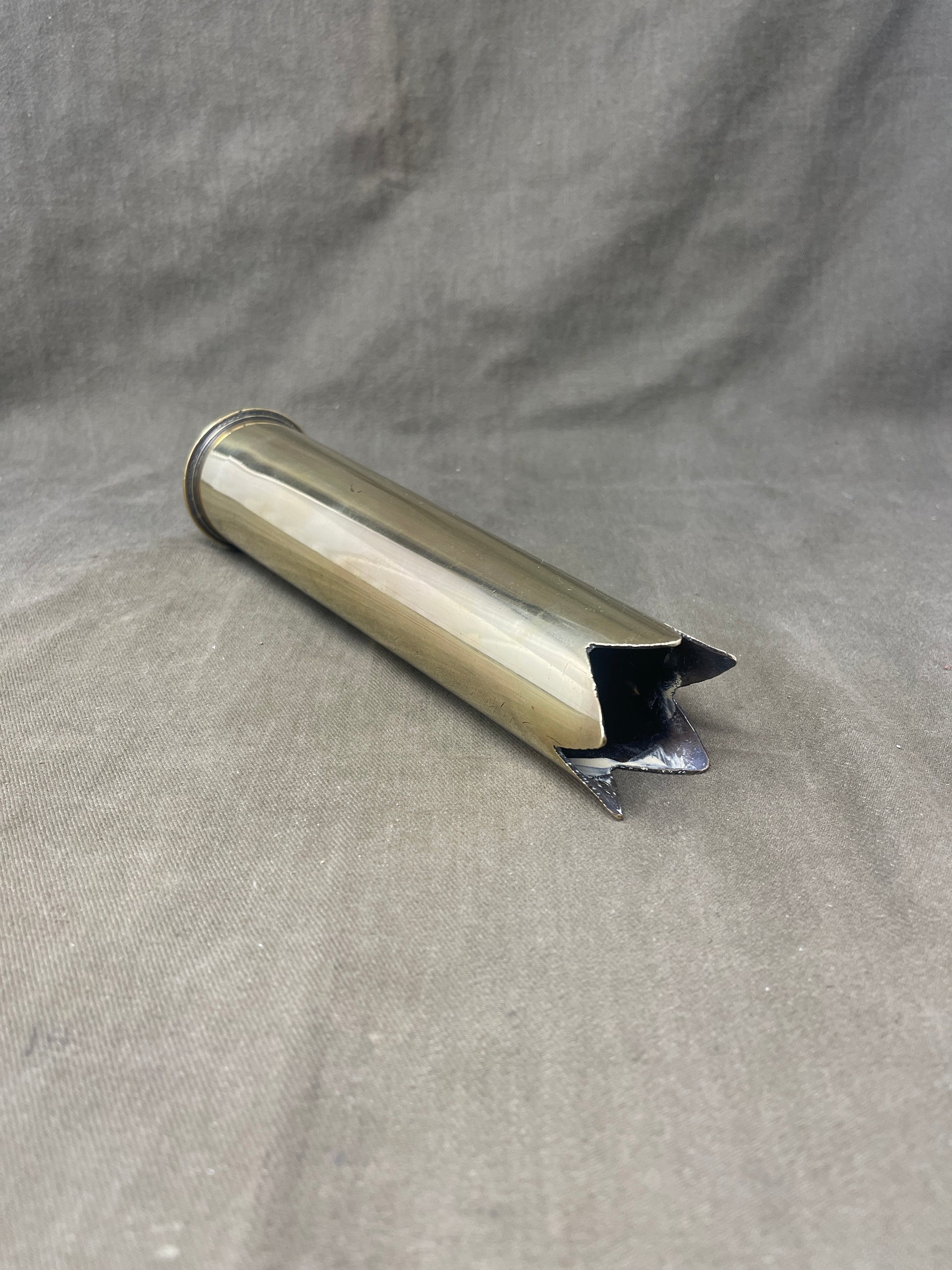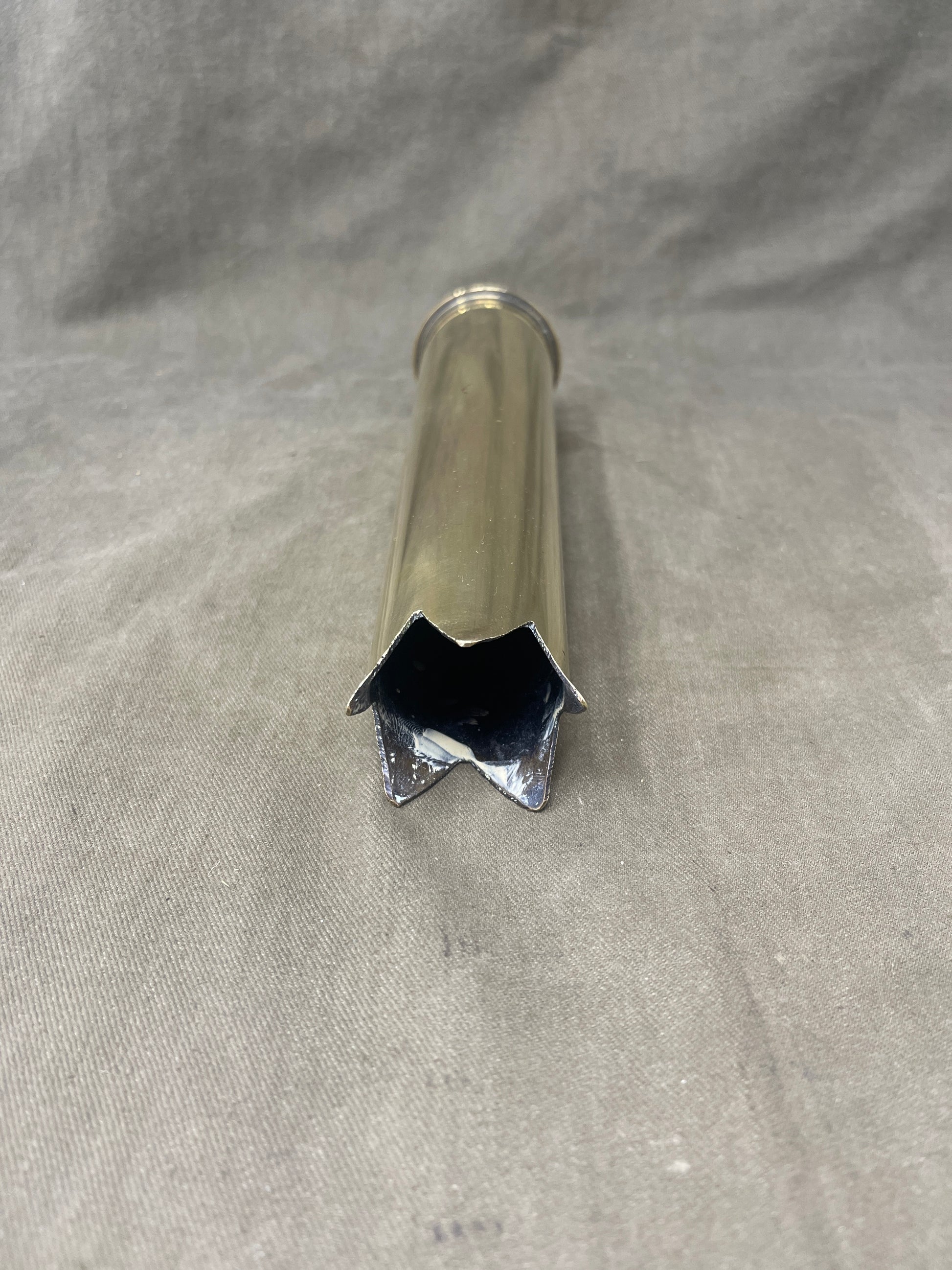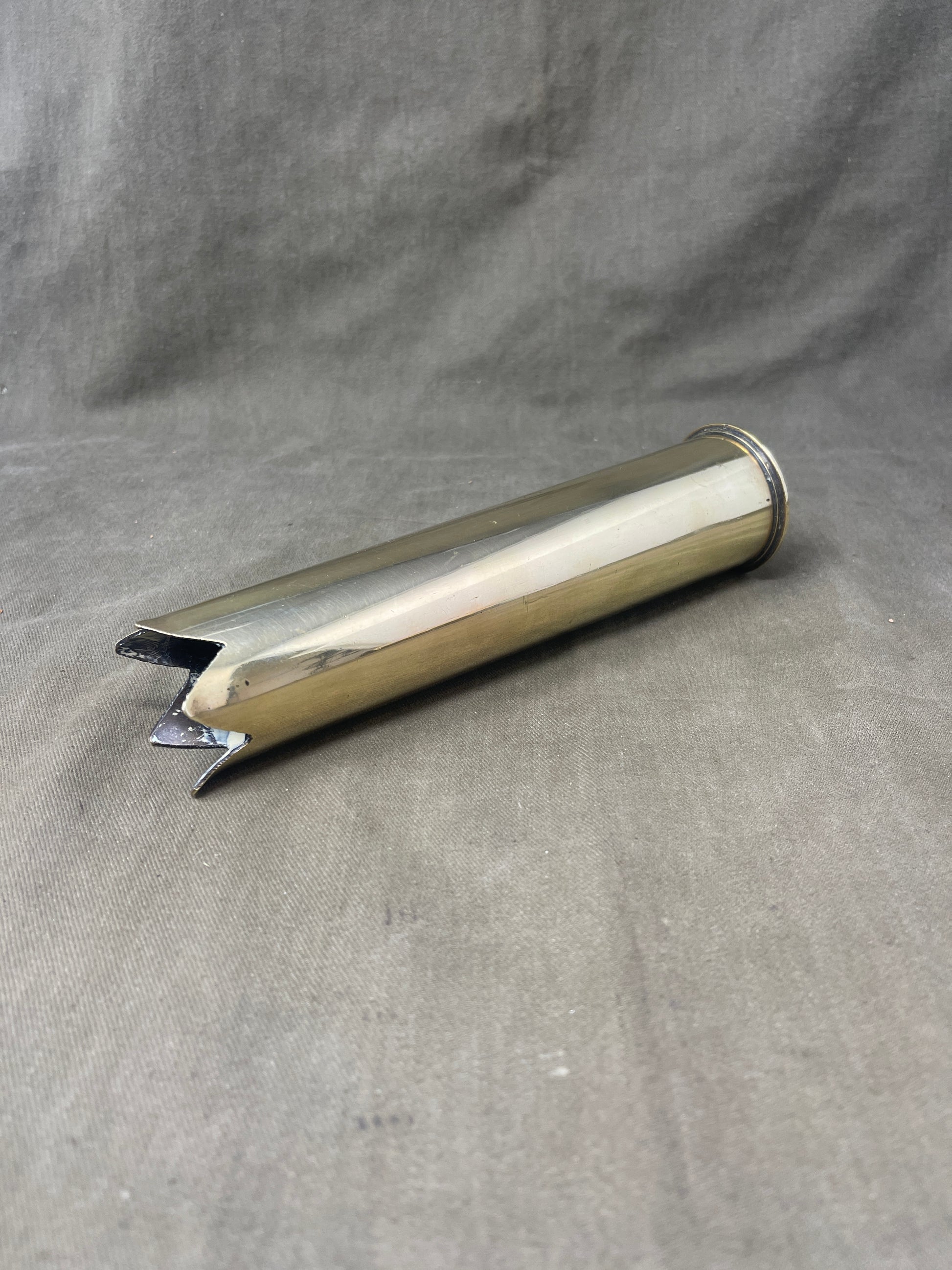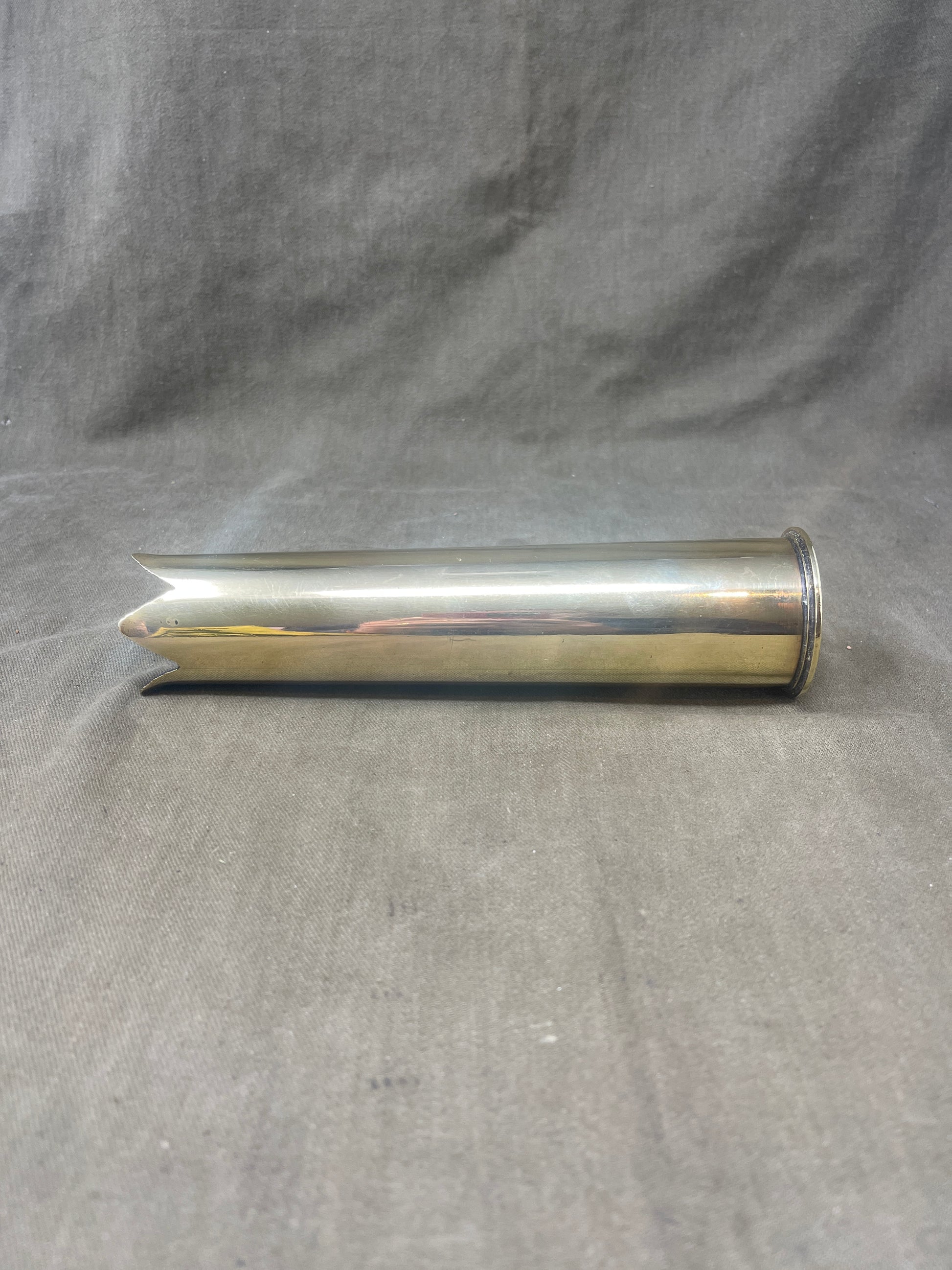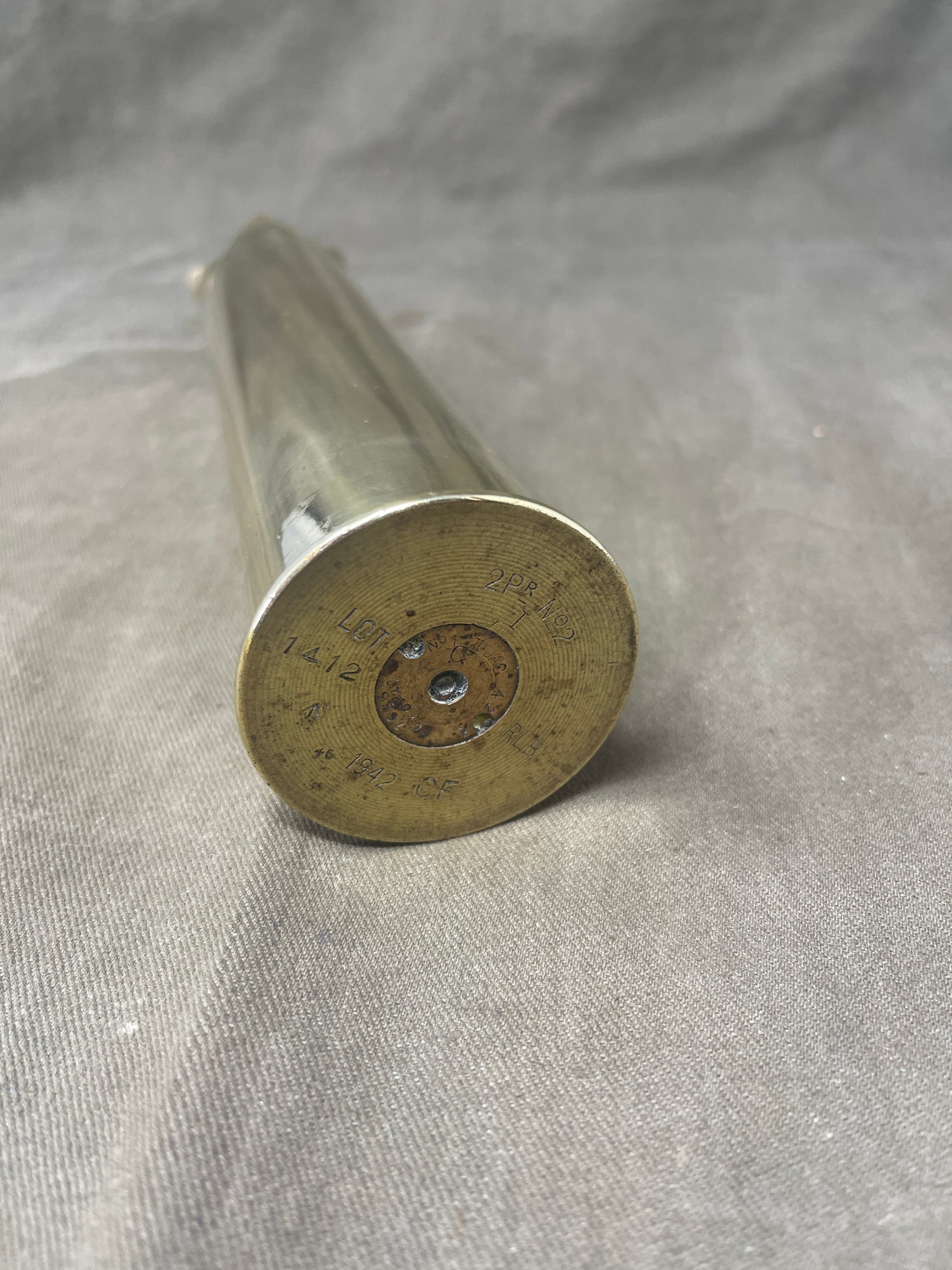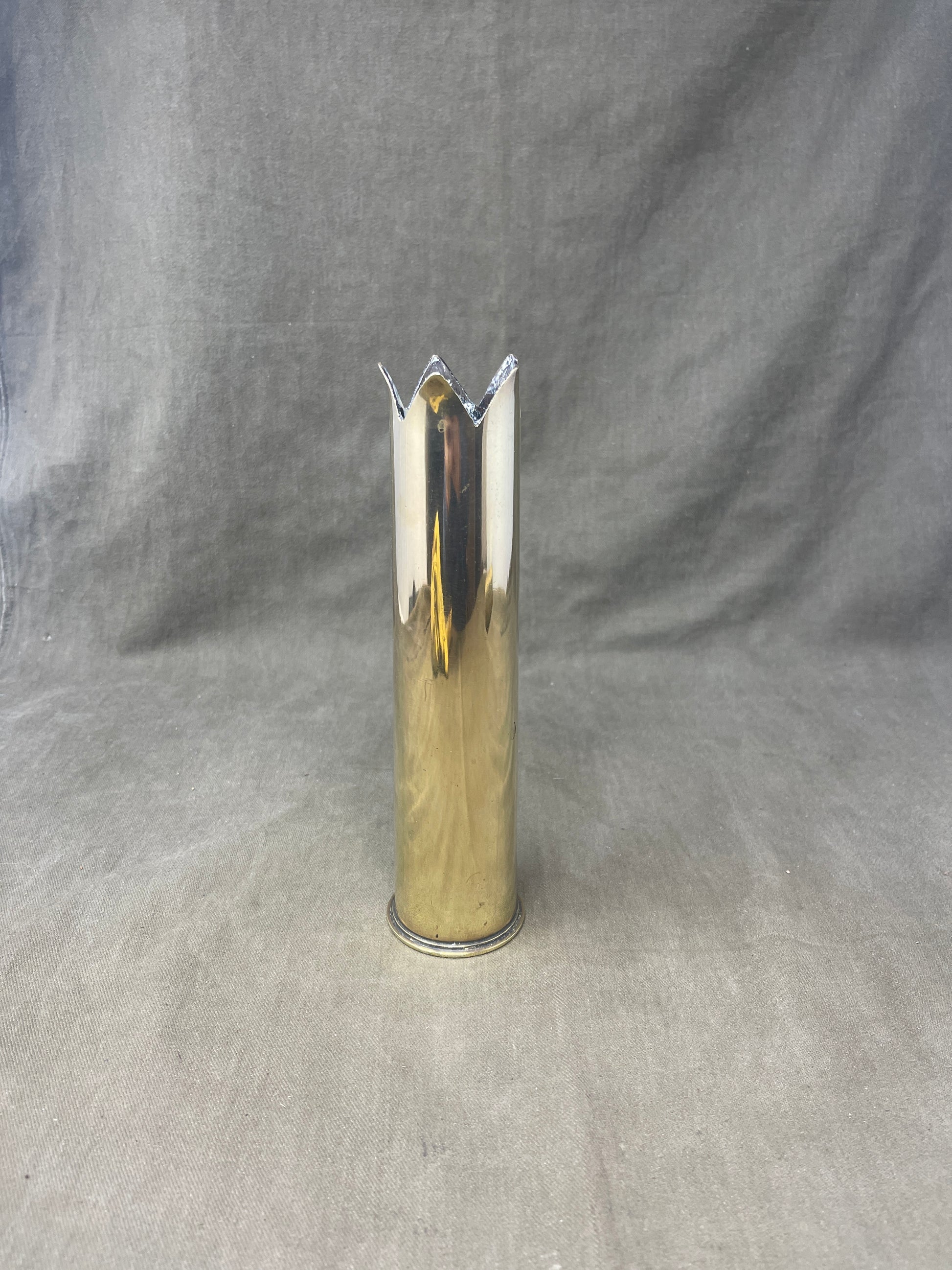Tommies Militaria and Collectables
British 2Pdr No 2 RLB 1942 Dated Cartridge Case
British 2Pdr No 2 RLB 1942 Dated Cartridge Case
Couldn't load pickup availability

Product Condition
Product Condition
Shipping & Returns
Shipping & Returns
Shipping
All orders are subject to a delivery, packing & handling charge. The correct charges will be automatically calculated via our Shopping basket ordering system and are based on the total weight of your order, your location, and our normal method of despatch. Please be aware that we reserve the right to alter any miscalculation, plus or minus, and you will be notified prior to shipping of any changes.
When shipping items, we use the UK Royal Mail, EVRI, DPD and Parcel Force in the event of a parcel arriving with contents damaged ALL the packaging must be kept for inspection by the delivering shipping contractor whoever that contractor is, failure to adhere to this WILL result in ANY claim being denied.
We do ship internationally and will always use a Tracked and Signed for service. We strive to use the best and most economical shipping services available
All shipping, insurance and import charges will be borne by the customer.
All lots are shipped at the buyers risk no compensation will be offered for items lost or broken in transit. Alternatively you can pay for your own courier.
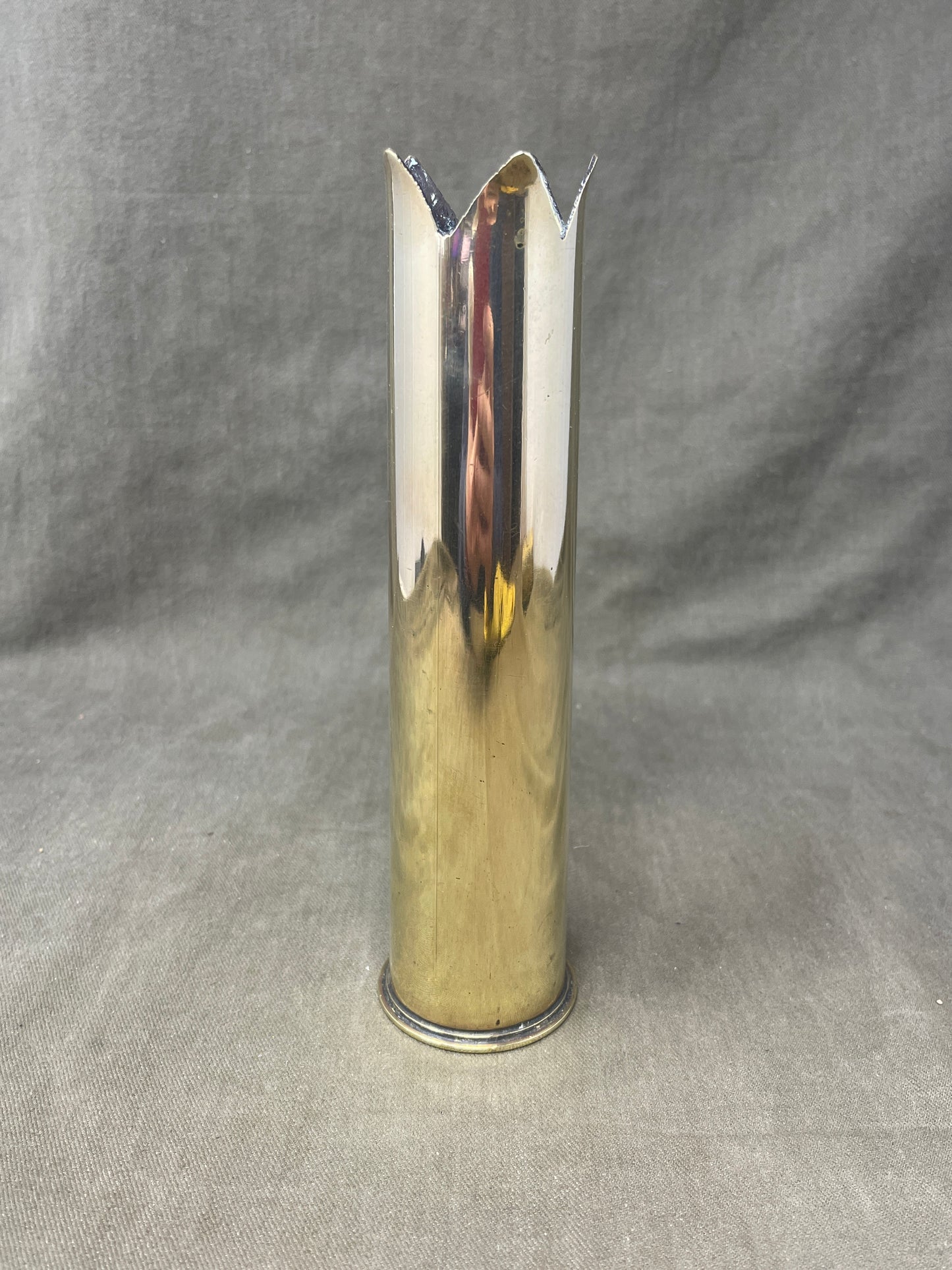
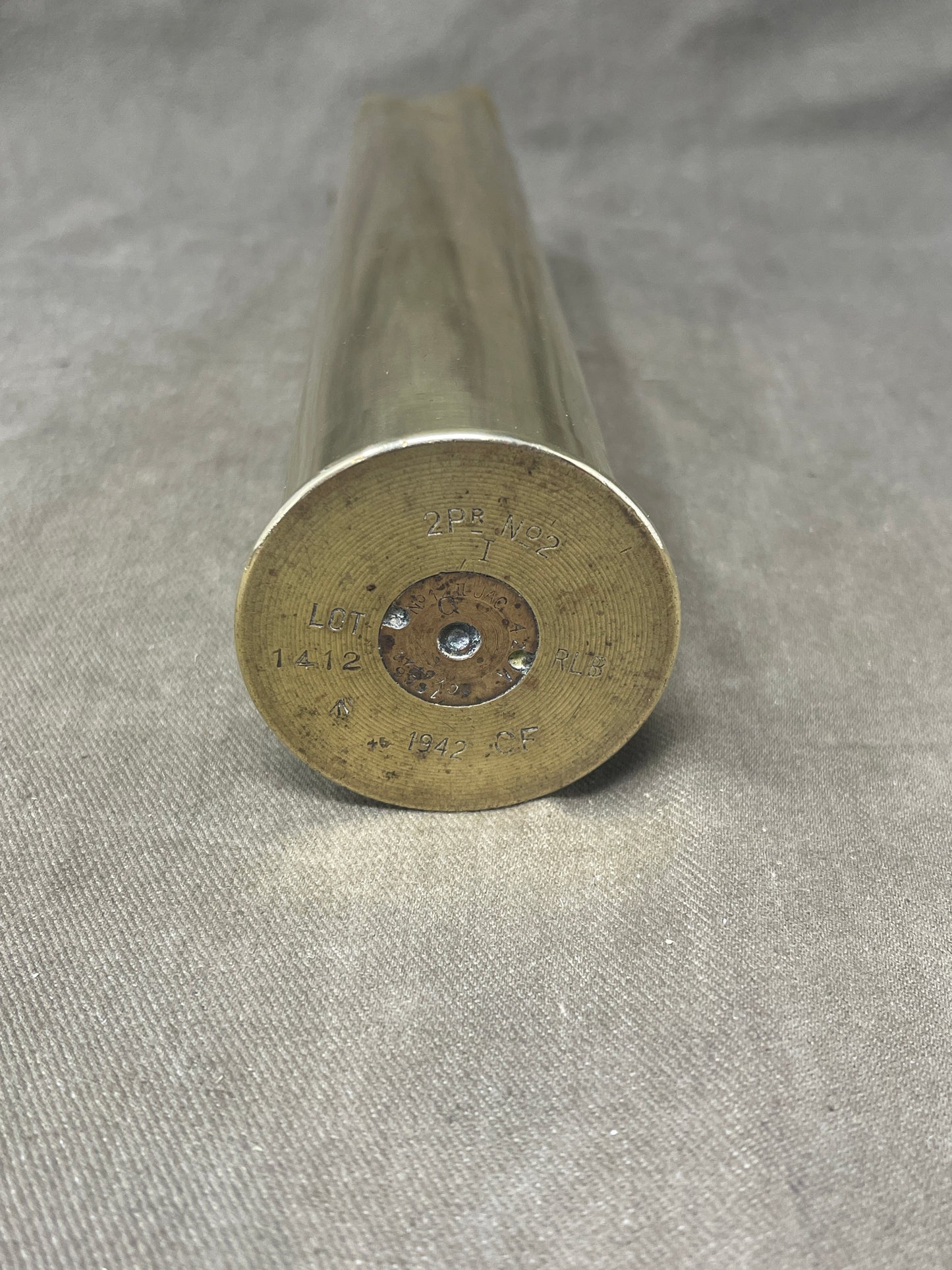
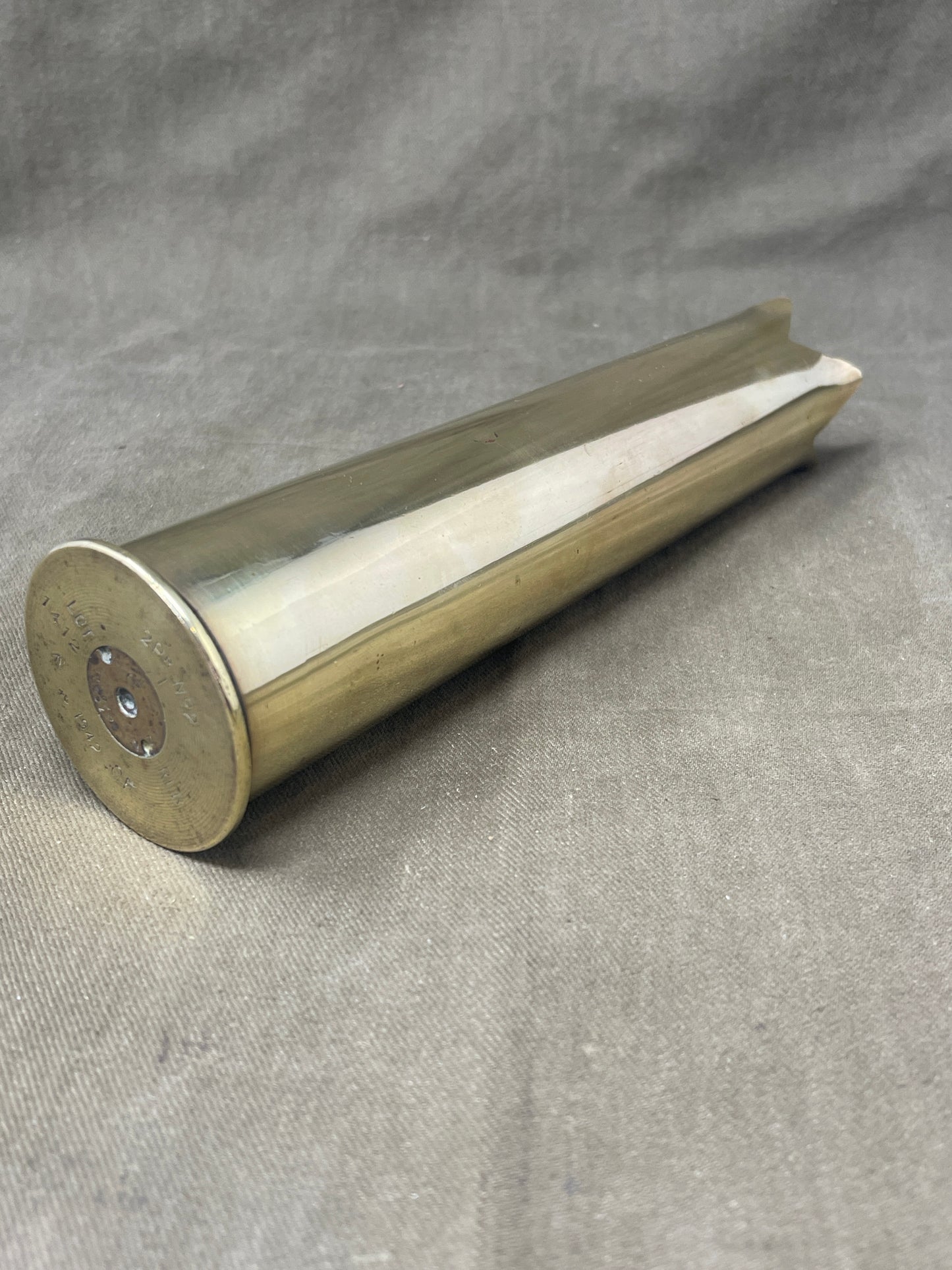
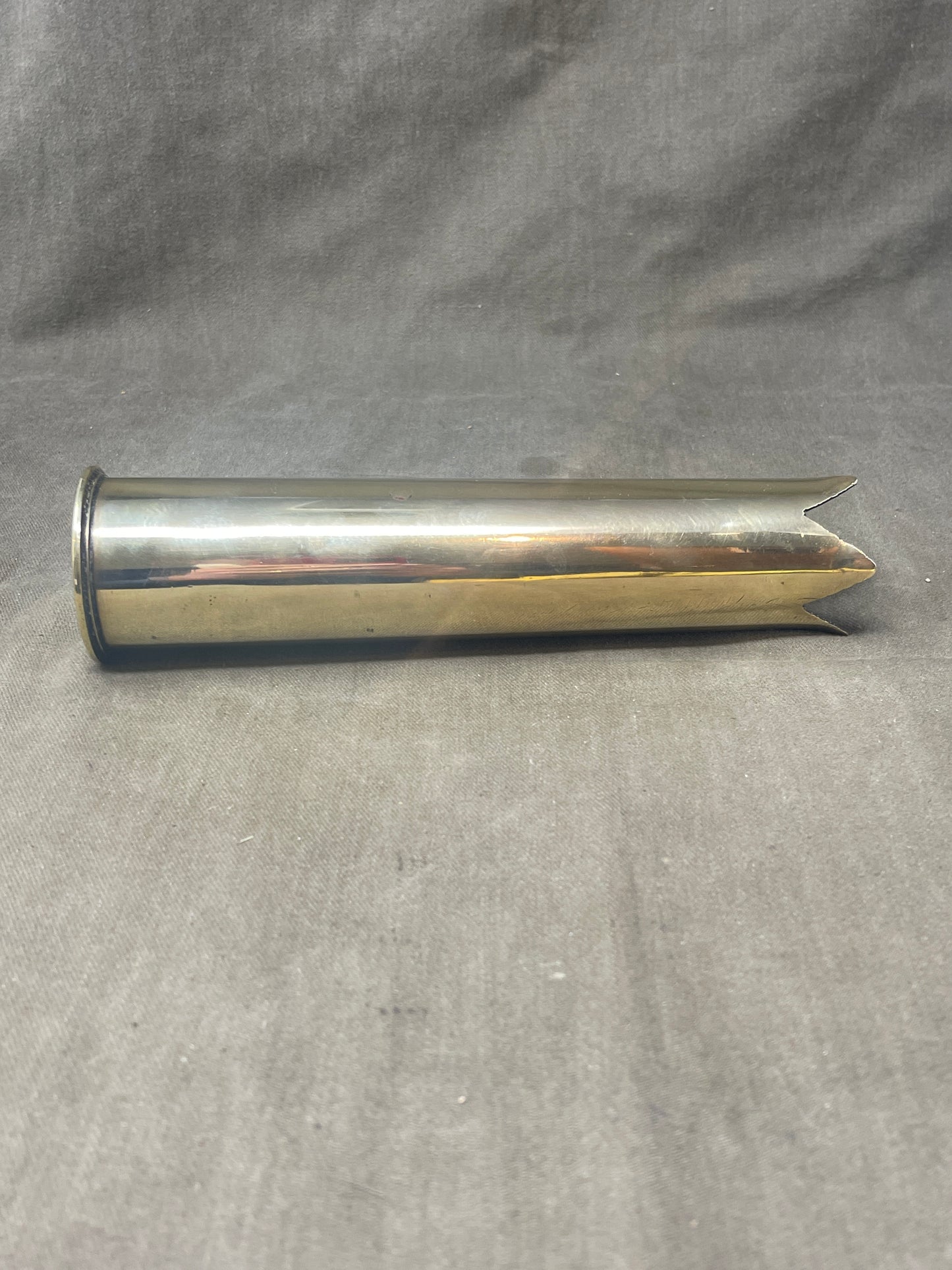
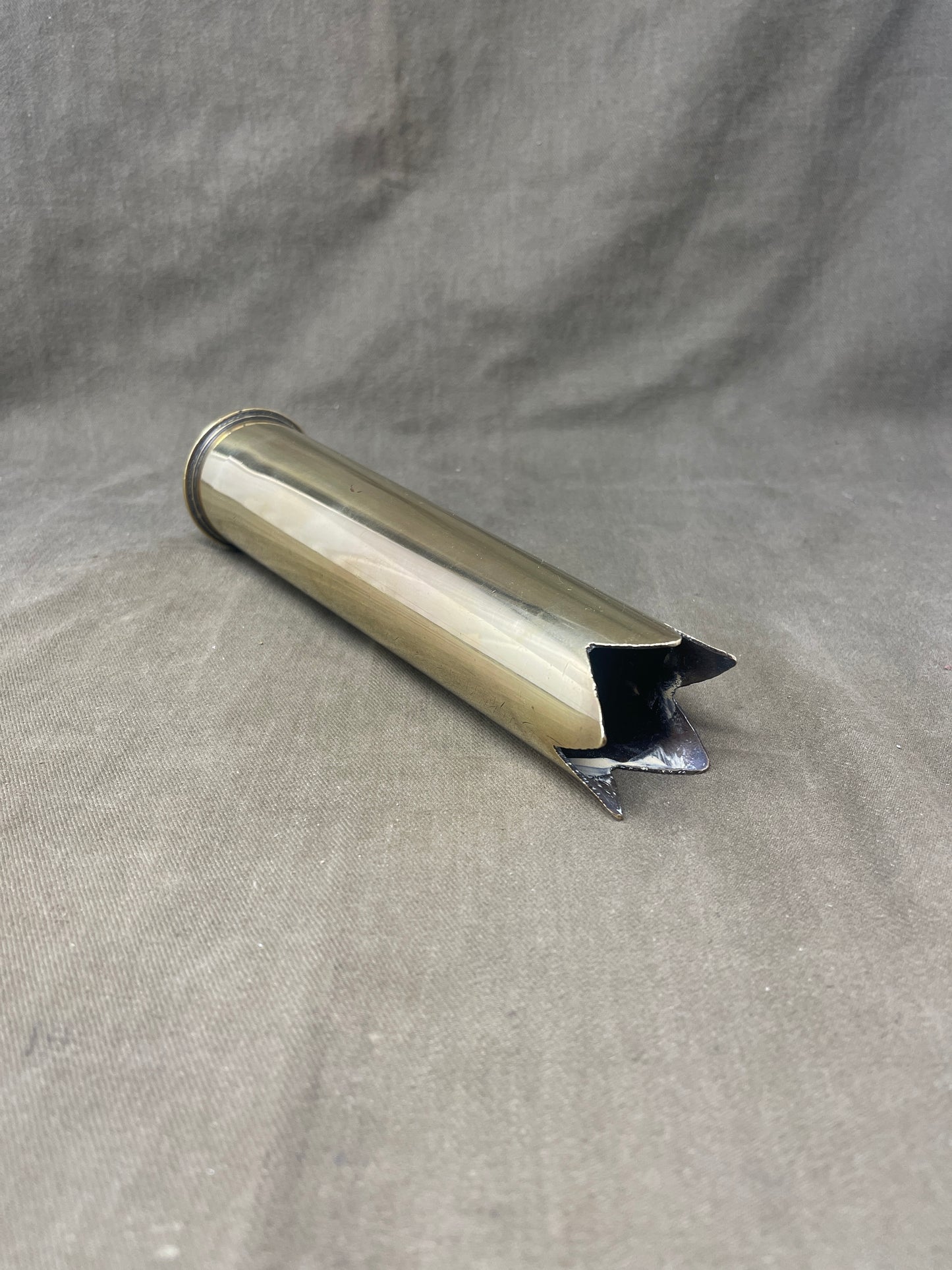
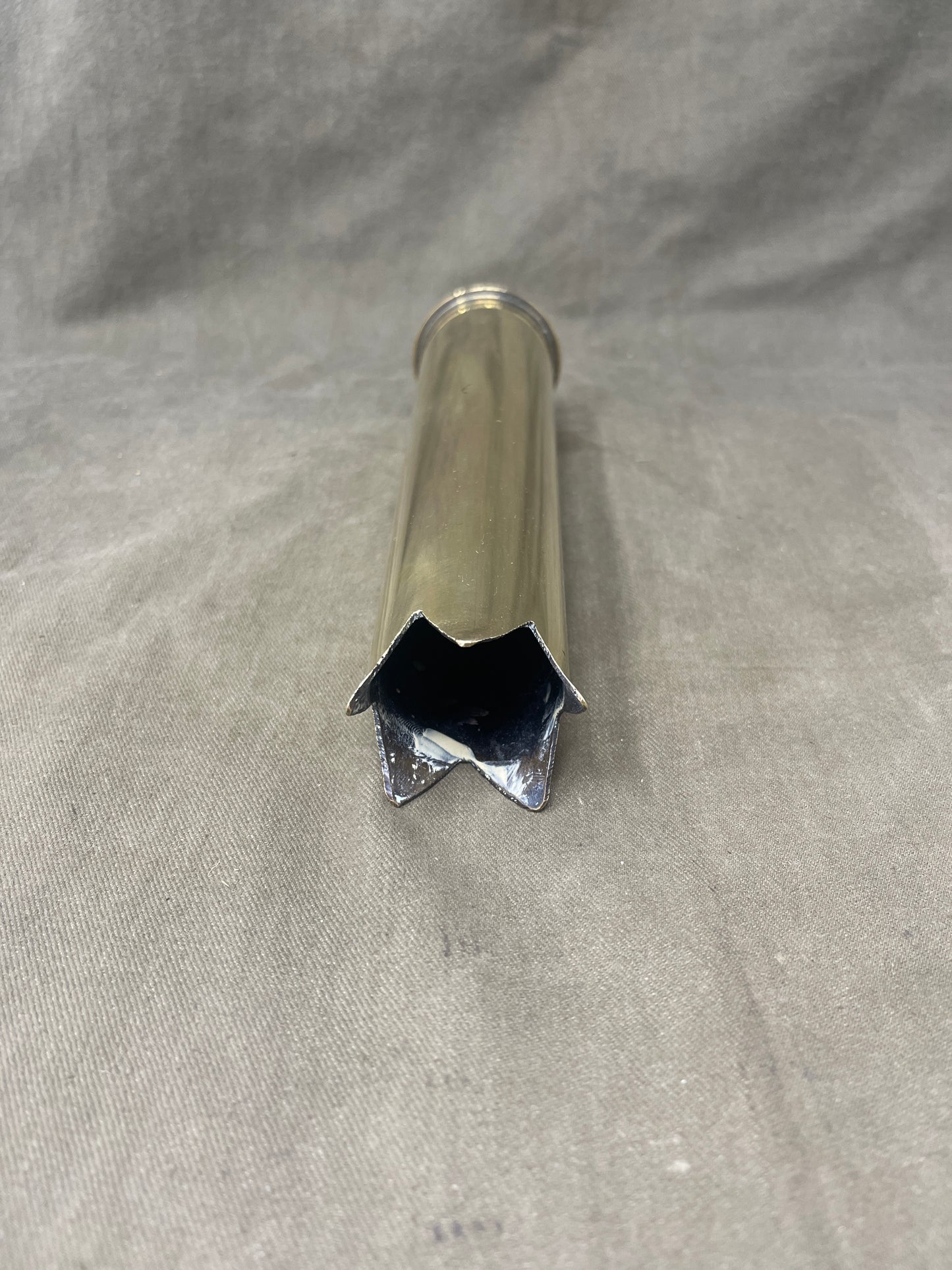
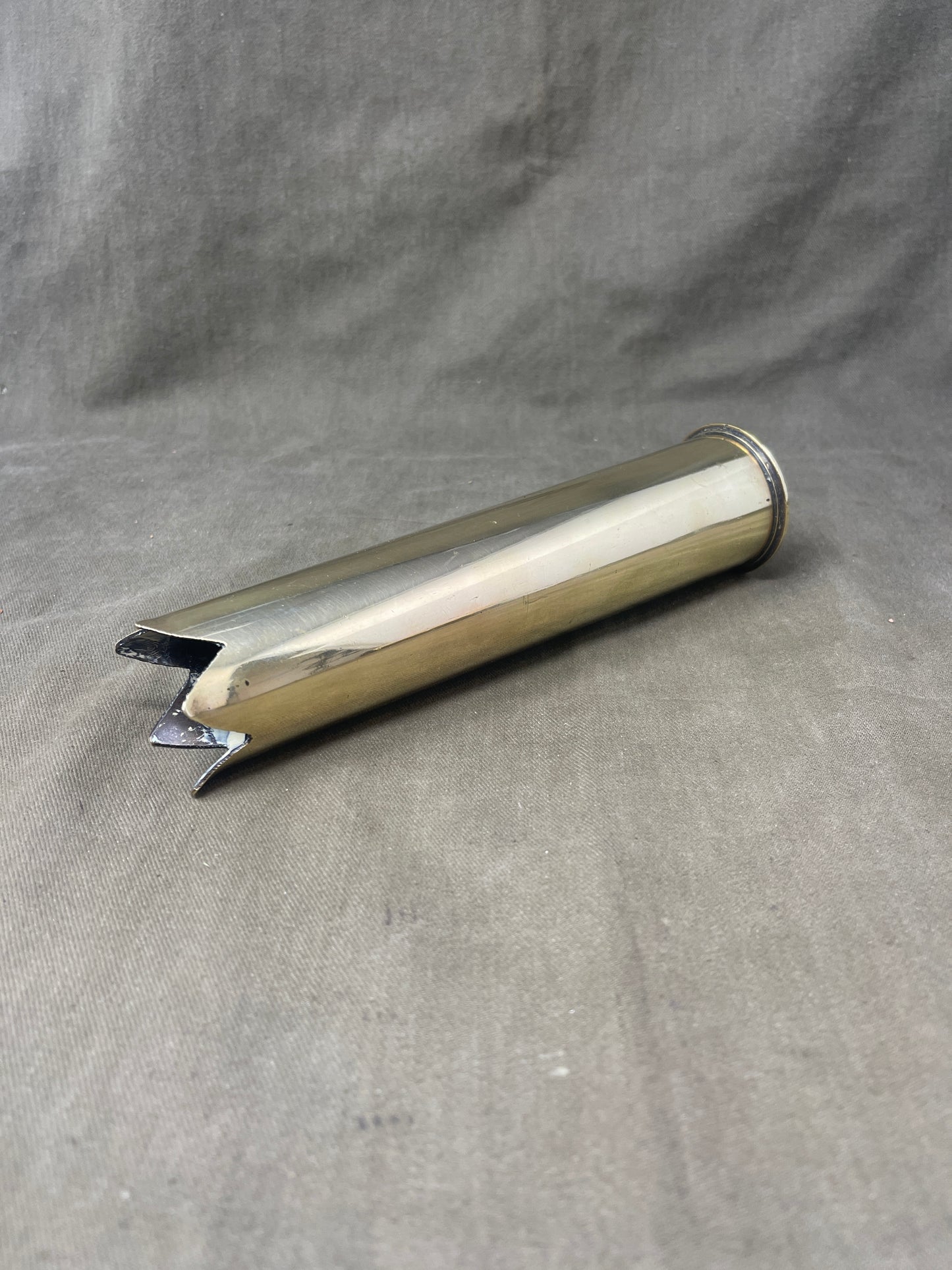
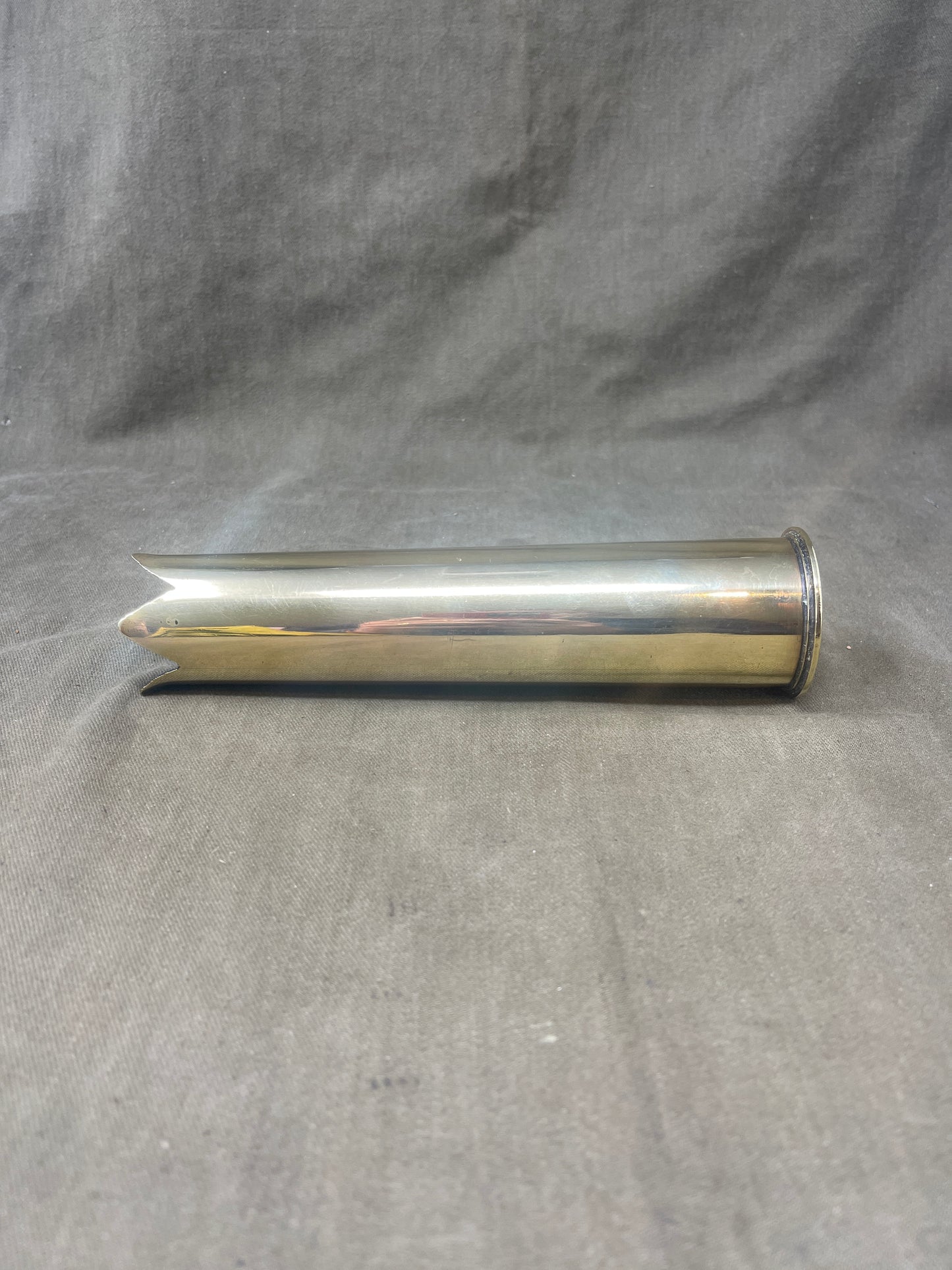
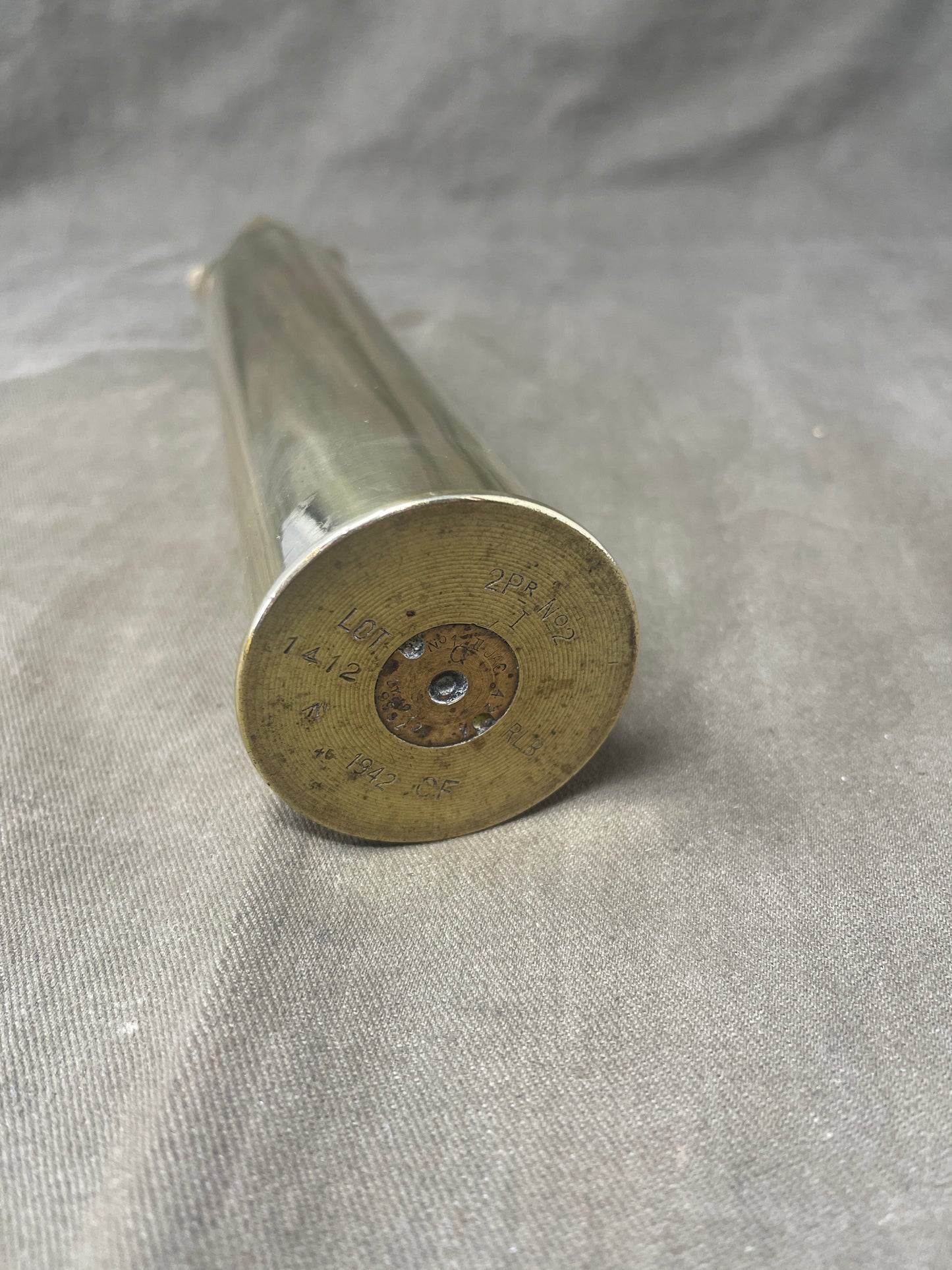
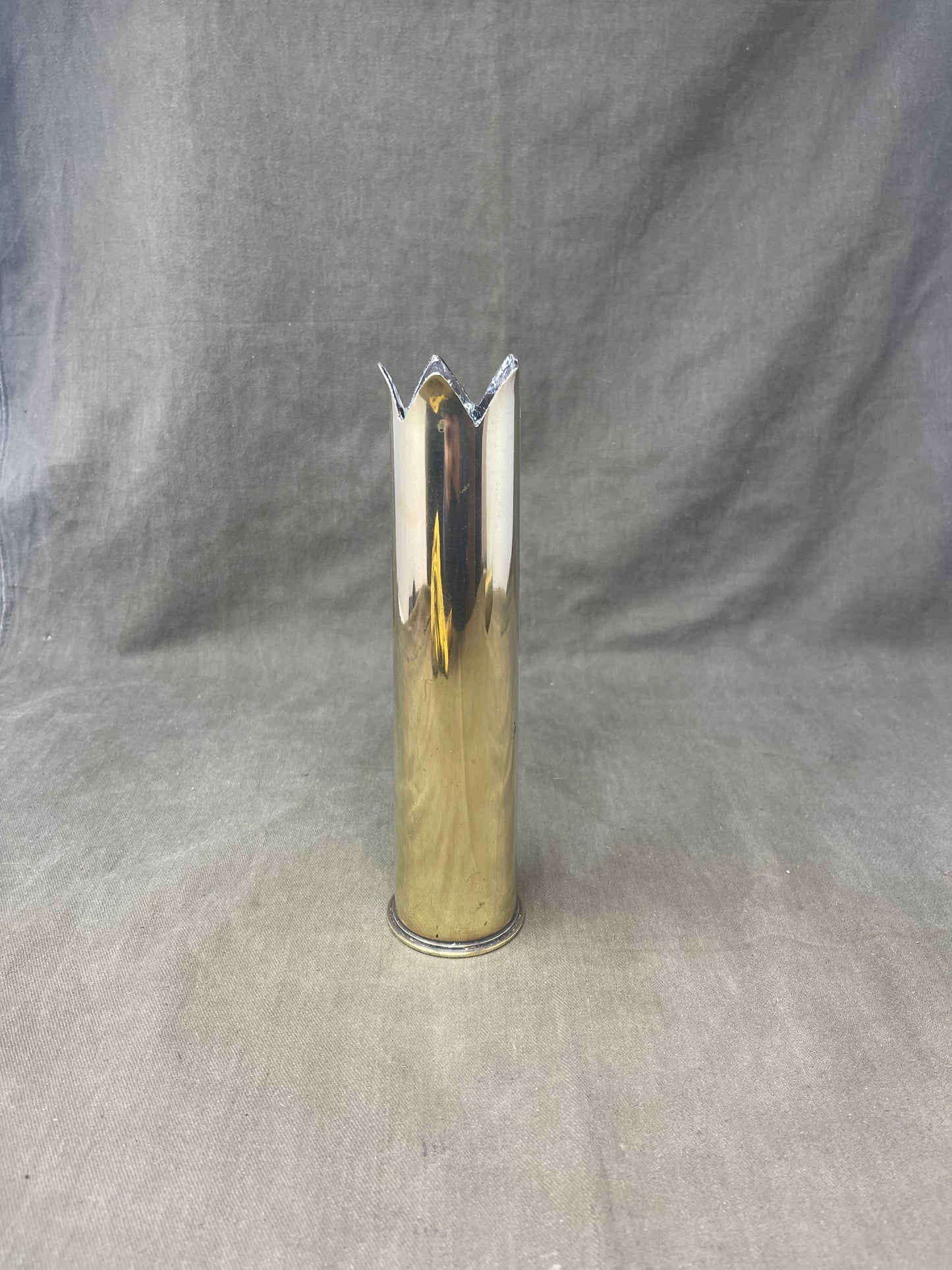
Product Description
The British 2-pounder (2Pdr) No. 2 RLB cartridge case, particularly one dated 1942, represents a significant element of British military ordnance history during World War II. The 2-pounder anti-tank gun, formally known as the Ordnance QF 2-pounder, was a crucial component of British and Commonwealth forces' anti-tank capabilities in the early stages of the war.
Development and Early Use
The Ordnance QF 2-pounder was developed in the interwar period, with its design completed in the 1930s. Its main armament, the 40 mm caliber gun, was initially designed to be mounted on tanks and used as a towed anti-tank gun. By the outbreak of World War II, the 2-pounder was the standard anti-tank gun for British forces.
The designation "2-pounder" refers to the weight of the shell it fired, which was approximately 2 pounds. The gun was noted for its high muzzle velocity and relatively good penetration capabilities for its time, making it effective against the lighter German tanks encountered during the early phases of the war.
The 2Pdr No. 2 RLB Cartridge Case
The "2Pdr No. 2 RLB" marking on the cartridge case indicates its specific type and manufacturing details. "RLB" stands for Royal Laboratory, Woolwich, which was a major British armaments manufacturing facility. The Royal Laboratory was responsible for producing various munitions and played a critical role in supplying the British Army during both World Wars.
The cartridge case dated 1942 signifies its production during a pivotal year of World War II. In 1942, the conflict was at a crucial turning point, with significant battles occurring in North Africa, the Eastern Front, and the Pacific. For British forces, maintaining effective anti-tank capabilities was essential, particularly in the deserts of North Africa where the 2-pounder saw extensive use.
Operational History and Challenges
While the 2-pounder was effective in the early war years, it faced challenges as German tank armor improved. By 1942, the limitations of the 2-pounder became apparent against newer German tanks like the Panzer IV and the formidable Tiger I. The gun’s relatively small caliber and lack of high-explosive (HE) capability limited its effectiveness against fortified positions and heavier armor.
Despite these challenges, the 2-pounder remained in use in various roles. It was often mounted on British tanks, such as the Matilda II and the Crusader, and on armored cars used for reconnaissance. The continued production of ammunition, as evidenced by the 1942 cartridge case, highlights the ongoing reliance on the 2-pounder even as newer anti-tank weapons were being developed and introduced.

